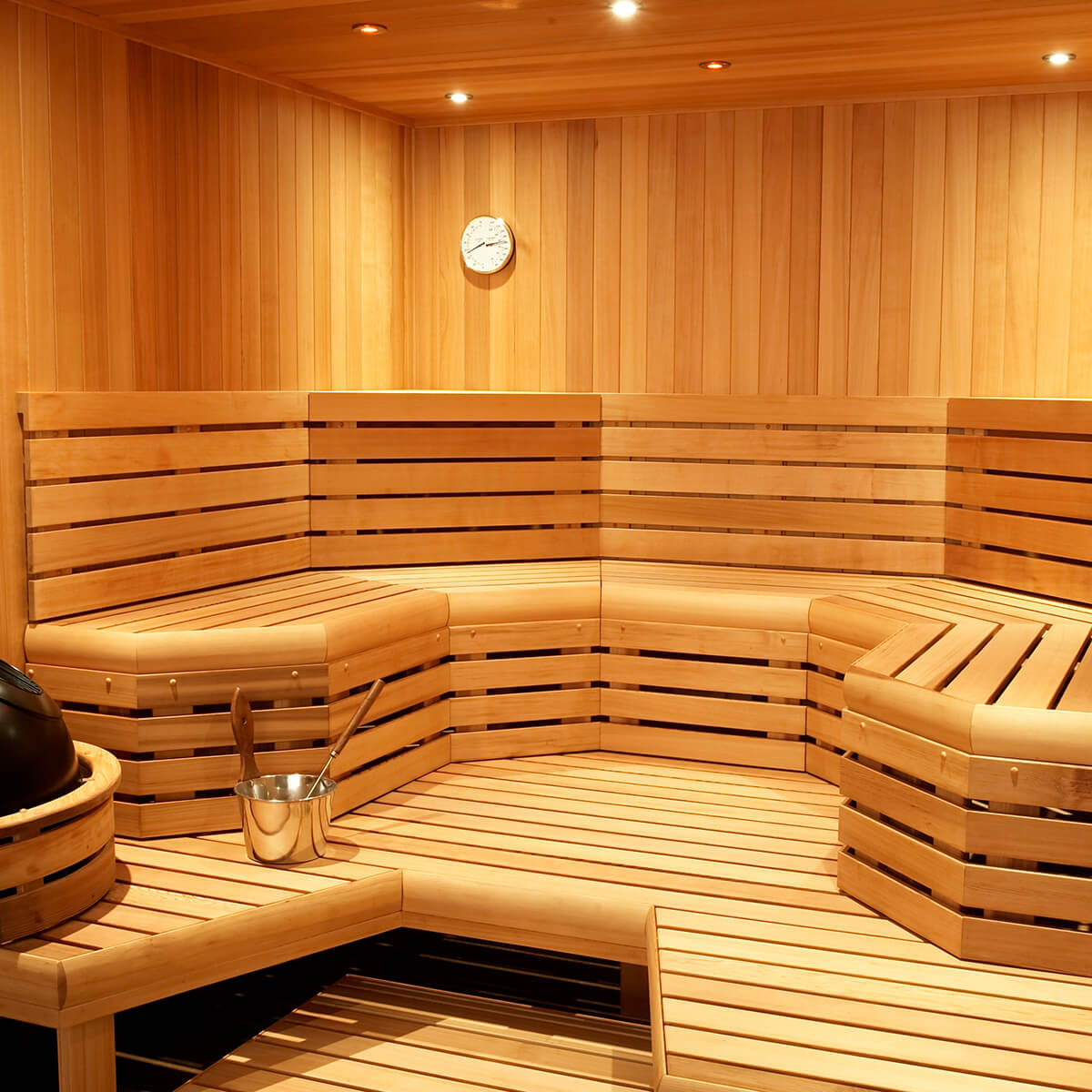What Does Traditional Sauna Do?
What Does Traditional Sauna Do?
Blog Article
Some Ideas on Traditional Sauna You Need To Know
Table of ContentsTraditional Sauna Can Be Fun For AnyoneTop Guidelines Of Traditional SaunaThe Single Strategy To Use For Traditional SaunaTraditional Sauna Things To Know Before You Get ThisAn Unbiased View of Traditional Sauna
A lot of the weight lost in a sauna is water loss and is re-gained upon rehydrating. Without a question sauna can be an important component of a healthy and balanced weight loss program. To check out the distinctions in between typical and IR saunas, I will separate these into proven, academic, and produced distinctions.Therefore, the most popular point in the saunawhich is at the ceiling directly above the sauna heateris typically between 185 and 190 F. Claims that a traditional sauna exceeds 200 F is simply not real and not suitable for electric saunas sold in the US. The temperature for a far-infrared sauna is normally established in between 120 and 140 F; however, unlike the conventional sauna, the objective in and IR space is not to accomplish a heat.
As a result of this, the temperature distinction is practically pointless, given that extreme sweating results in both sauna kinds, yet the approach of heating the body is different. In an IR sauna the bather will certainly feel warm and will sweat a lot, however at much reduced temperatures (Traditional Sauna). Thus, if the objective is to spend longer durations of time in the sauna, the IR sauna is a good option
When a traditional sauna has been appropriately warmed, the sauna walls are warm, the air temperature level has achieved established temperature level and the rocks are very heated. As an intriguing side note, the warmed wall surfaces and the rocks are producing far-infrared warmth, integrated with the heated air, to develop an "enveloping warm".
Getting My Traditional Sauna To Work

When the high temperature level is achieved, the elements cycle on and off to preserve the heat. Many conventional sauna individuals appreciate pouring water over the rocks to create steam to elevate sauna humidity degrees. The advantages of pouring water over the rocks include: making the room extra comfy, dampening the nasal flows, and permitting the use of aromatherapy by mixing important oils with the water.

When the power gets in the body, it creates the body temperature to increase and ultimately results in sweat. In an infrared sauna it's important for the emitters/heaters to continue to be on practically why not look here frequently. Since there is no mass of rocks to preserve heat, the sauna will cool down if the emitters turned off.
As stated over, the sauna bather in an infrared space wishes to place himself in front of running emitters to obtain maximum gain from the warmth. The home heating time for both rooms can be very various, depending on how the rooms are used. For a standard sauna, a bather needs to allow 30-40 minutes for the room to achieve a preferred temperature level and to correctly pre-heat the rocks.
Traditional Sauna Can Be Fun For Everyone
A well created sauna will commonly accomplish a temperature level of 150-160 F in about 30-40 minutes. For hotter temperatures, the room may require to warm for a longer duration.

Conventional saunas have a tendency to be larger (hence utilize even more electrical energy) than infrared saunas, although conventional saunas are certainly offered in one and two individual dimensions too. For a two-person traditional sauna, 5x6 or 5x7 size is most preferred. The leading bench can comfortably seat two or 3 people and is additionally long enough to relax throughout the sauna session.
The Traditional Sauna Ideas
The average expense per kWH of electrical energy in the united state is about $0.11, so a 4.5 kW heating unit will certainly set you back about $.50 index to compete one hour, if the heating unit runs constantly for one hour. Normally a sauna heating system will certainly compete 75% of the very first hour and 50% of succeeding hours on because the components cycle once the set temperature is achieved.

There is a hardly ever reviewed distinction in the social experience between the 2 spaces. While our society has actually shed several of the social benefit of the typical sauna experience, it can be really socially fulfilling (Traditional Sauna). From household time in the sauna, to heart-felt conversations with better halves, to sauna partiesthe standard sauna experience can lead to intimate socializing
Traditional Sauna Fundamentals Explained
A lot of greater end infrared areas include tinted light treatment, sound systems and full-glass fronts.
Report this page